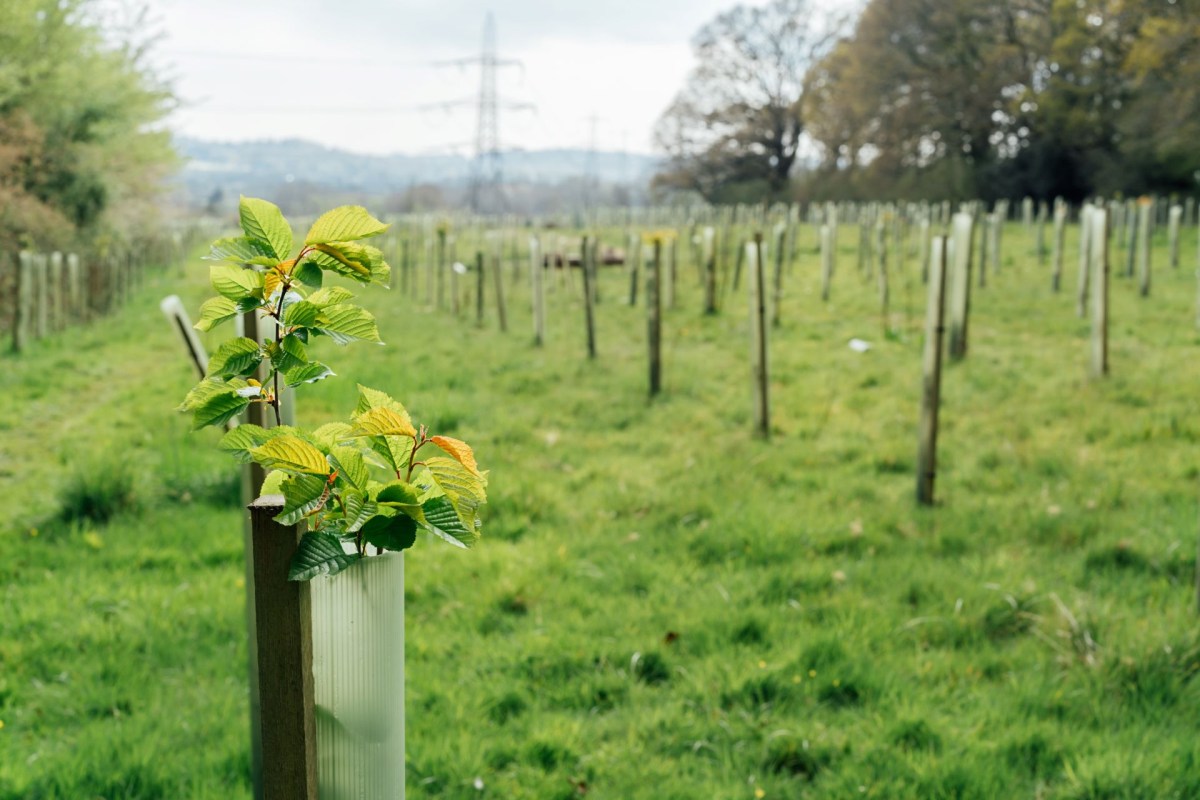It's a big year for mushrooms.
Oregon legalized psilocybin mushrooms, and "The Super Mario Bros. Movie" brought Toad and the Mushroom Kingdom to the big screen. Yet, the biggest mushroom-related development — the emergence of mycoforestry — could produce food for millions of people while helping the environment.
What is mycoforestry, and why is it helpful?
Mycoforestry is the process of growing edible mushrooms in forests.
Mycoforestry provides a valuable food source that doesn't require the destruction of vast swaths of land to produce. Deforestation is responsible for the loss of over 11 million acres of forest every year, with agriculture being the biggest reason for clearing trees.
According to The World Bank, we've lost over 500,000 square miles of forests since 1990. That's roughly the same area as Texas, California, New York, and Indiana combined. To put it another way, 1,000 football fields worth of forests have been chopped down every hour for over 30 years.
Professor Alistair Jump is Dean of the Faculty of Natural Sciences at the University of Stirling in Scotland. Jump and fellow Stirling professor Paul Thomas recently published a study on the impact of mycoforestry. In a video for the university, Jump explains how mycoforestry could mitigate the food and forestry conflict.
"We've got very ambitious tree planting targets in Scotland and across the U.K. more generally," Jump says. "Those trees have got to go somewhere, and that can be at the expense of agricultural land. This gives us an avenue to get trees and an edible crop into the same space."
How does mycoforestry cool the planet?
Trees have an amazing symbiotic relationship with mushrooms. Around 90% of plants have a mutually beneficial partnership with mushrooms through the mycelium, the fascinating underground network of fungal threads that fruit mushrooms.
Seriously, it's super interesting, and you should totally go down a rabbit hole learning about it.
"All our other major food groups, they actually release carbon in their production," Thomas explains in the video. "Whereas looking at this system, because it grows with living trees, it actually sequesters and pulls carbon out of the atmosphere as it produces this edible crop."
How can mycoforestry feed the world?
Mushrooms are delicious and have many health benefits. If scientists figure out how to scale up mycoforestry, it could produce food for millions of people. As Thomas says in the video, "If it had been used in forestry that has taken place during the last 10 years, we could have produced enough food to feed 18.9 million people annually."
Join our free newsletter for easy tips to save more, waste less, and help yourself while helping the planet.








